How to paint your nails like a pro for perfect results every time
Learning how to paint your nails is a skill for life—here's how to nail it
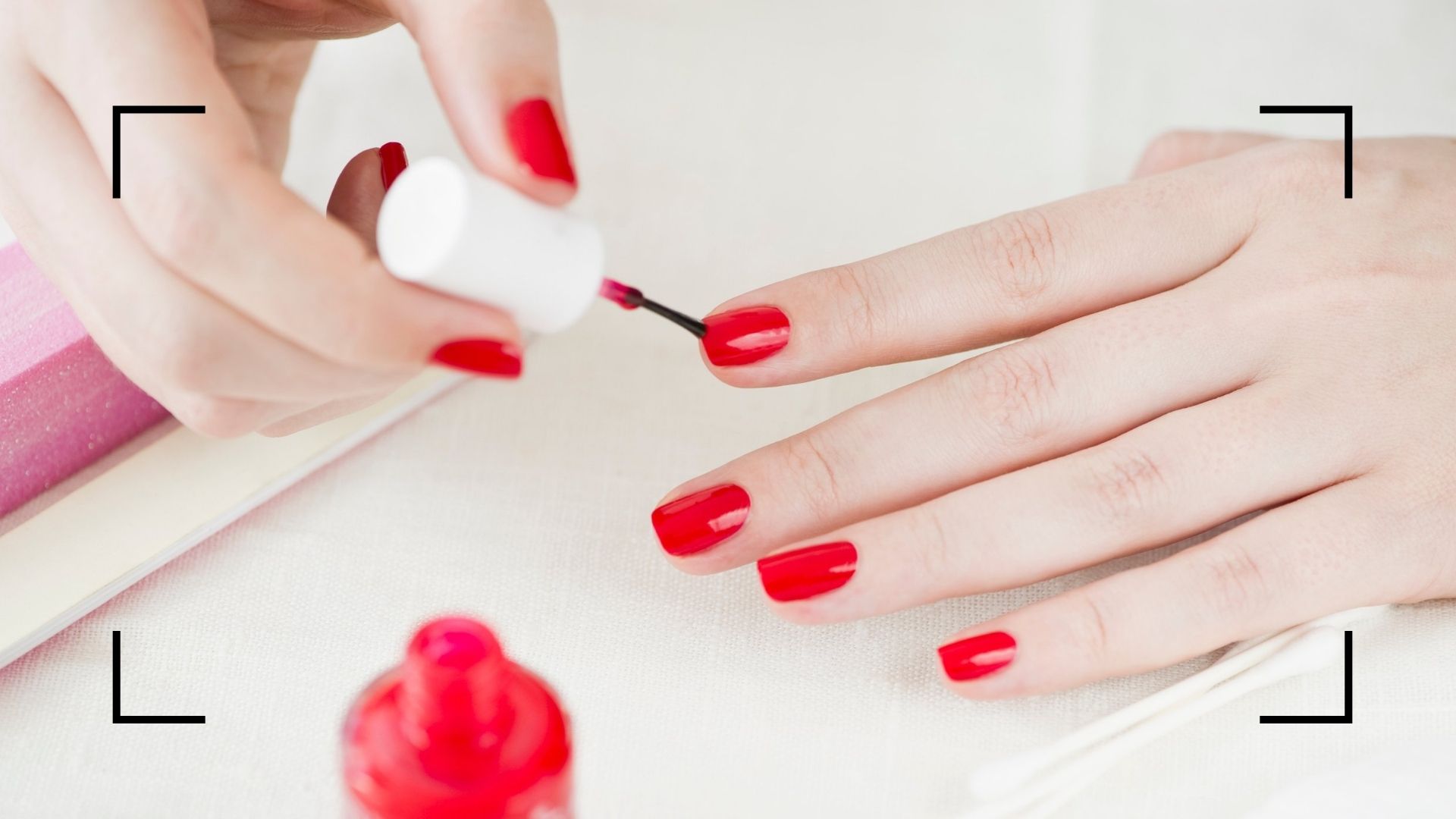

You may think you already know how to paint your nails. The truth is that there's a lot more to perfecting the at-home manicure than meets the eye. There's much to be said for casting ego aside and getting down to the nitty gritty of basic techniques. Following just a few precise steps can help you finesse your home manicure skills and achieve gratifyingly perfect results every time.
If you've ever had a salon manicure you'll know there can be a world of difference between the nail designs a nail pro can create and a DIY job. Much like how applying an easy makeup look at home might not match up to a professionally applied face or learning how to do a home pedicure can't rival the relaxation of a pro pedi; we have to allow for the expertise and skill of nail technicians, and our own shortcomings in this area. "A professional will be able to advise on nails and skin condition and recommend how to improve the health and appearance," agrees A-List nail artist, Marian Newman. "Also, doing one hand yourself is not so bad but it's always tricky with the other one!"
Even with this skill gap, it is still absolutely possible to polish up your home manicure game with a nod to nail care, some careful prep and learning how to paint your nails like a pro. Follow our step-by-step guide and learn how to paint your nails properly for a neat, glossy, salon-style manicure at home.
How to paint your nails like a pro in five easy steps
1. Avoid moisture
Repeat after us: "Water is the enemy of neat nail painting." Soaking your hands for spa vibes is a bad idea and even your morning ablutions can interfere with your manicure.
"Don’t do your nails straight after a bath or shower," says Marian. "Nails are very absorbent, especially with water. They soak it up like a sponge and swell, then they return to normal after an hour or so." This is an issue because when the saturated nail plates and swollen nails go back to normal size, the nails will flex causing the varnish to chip. So stay away from moisture of any kind for at least an hour before painting (a great excuse not to do the dishes).
2. Remove stubborn nail polish
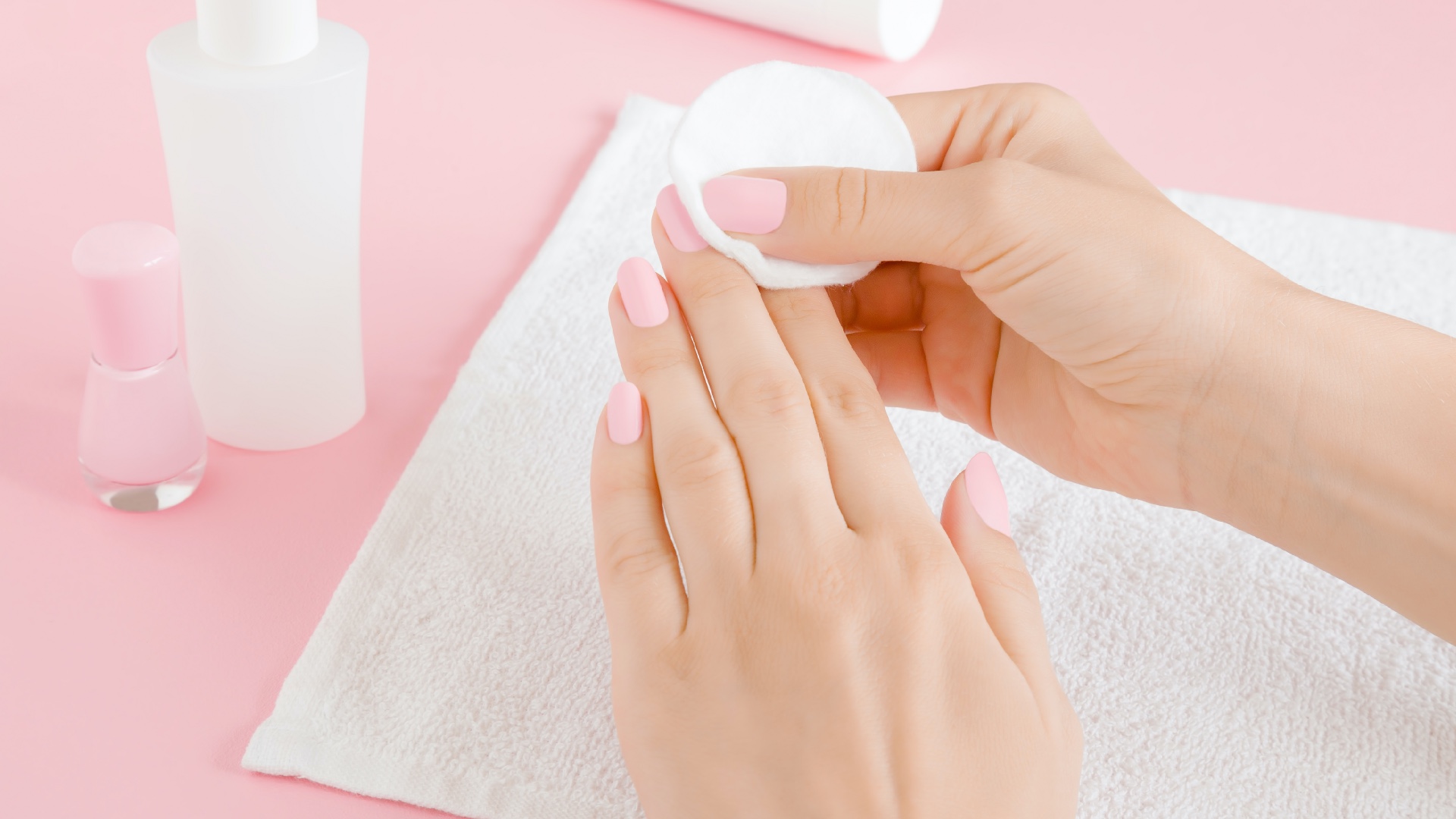
Before you begin your at home manicure, make sure you remove all traces of any existing polish. If you have a gel or acrylic manicure, that requires professional salon removal. With regular varnish, wintry shades like deep reds, browns, and purples can be the most problematic to remove, compared to the lighter, sheer shades we associate with summer nail colors. So if you tend to gravitate towards darker colors you will have a tougher job and may need to take two sweeps to get it all off.
Don't even think about using toilet roll, which disintegrates into annoying little balls at the first sniff of acetone. You will need properly absorbent cotton pads, ideally reusable ones for an eco-friendly beauty routine. Saturate the pad in nail polish remover, and don't use too much force, as this can damage the nail.
Sign up to our free daily email for the latest royal and entertainment news, interesting opinion, expert advice on styling and beauty trends, and no-nonsense guides to the health and wellness questions you want answered.
"When removing polish, hold the cotton pad lightly on the polish for a few seconds as this helps to start to dissolve the polish and makes it easier to remove without too much rubbing," advises Mavala’s in-house expert Lynn Gray.
The remover you use plays a role, too. Acetone is the most efficient but not necessarily the healthiest (ask any expert is acetone bad for your nails and the reply is a resounding yes) Although they may not be as kind to your nails, formulas without oil do have the advantage in giving your polish longevity. "Wipe the nails with a polish remover that has no moisturizers added, as these encourage the polish to peel or chip," agrees Marian.
3. File with care
Filing isn't just a way to shape the nails; it keeps them in good condition, too. The nail bed is made up of several fine layers, so letting them grow too long means the weakened ends can start to separate, chip, and split. If you notice this happening, it's best to deal with it on the spot. "Always carry a nail file so that you can smooth out any little nicks in the nails as they appear," advises Lynn.
If you merely want to refresh the shape of your nails, file in one direction, from the outside edges of the nail inward, to create the look of your choice. Don't be tempted to over-file the sides, as this will weaken the structure. Go gently around the corners. Short, neat squoval nails are generally more versatile for pulling off any color, but if long pointy talons are your thing, then go right ahead.
4. Be gentle with your cuticles
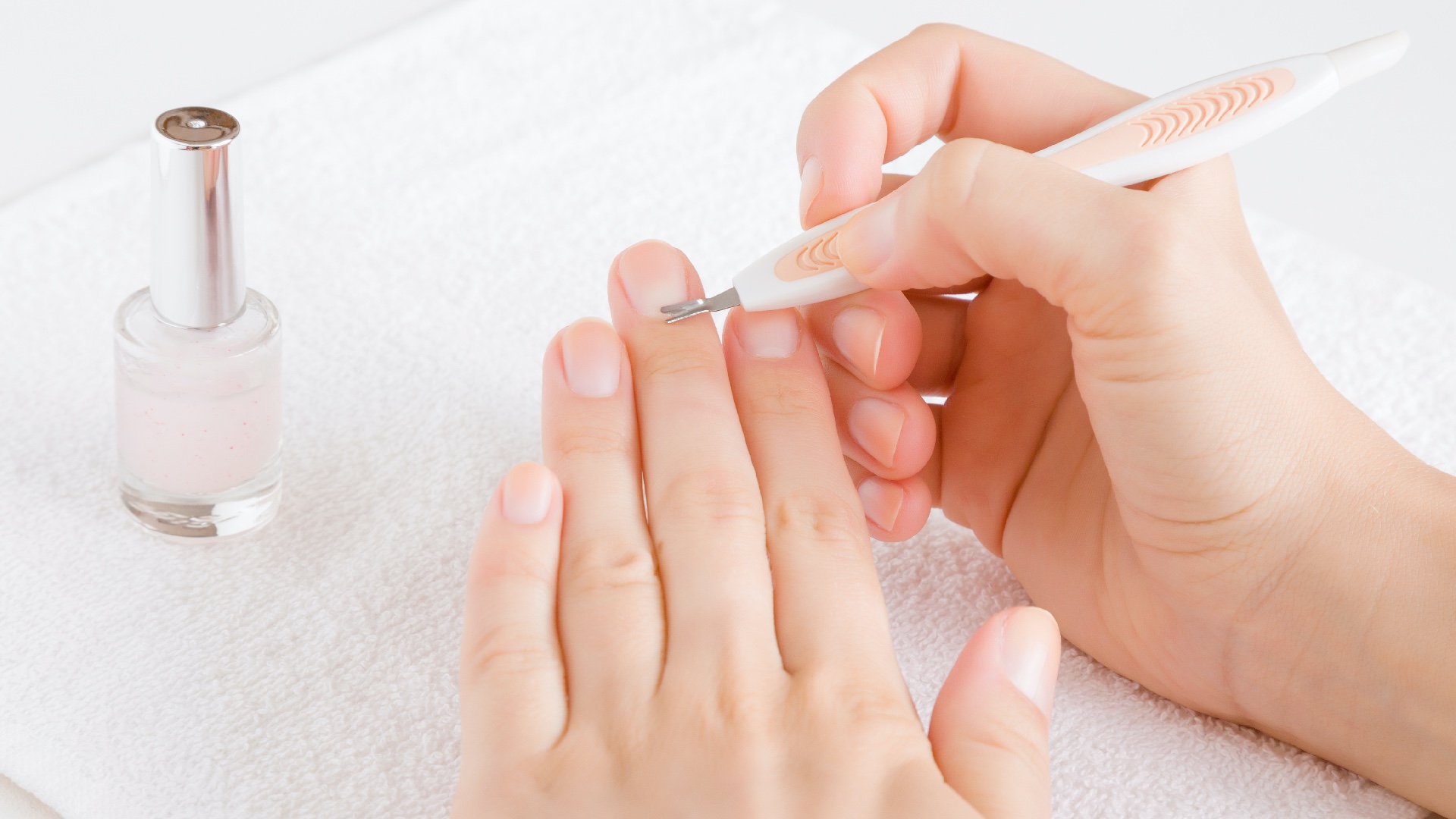
Cuticle care may be the most important part of learning how to paint your nails. Often, a good nail technician will spend more time getting the nail base and cuticles in good nick than painting on the polish, and it shows in the finished look. This is also an area where many of us go wrong with overzealous trimming.
"Never cut your cuticles!" advises Marian. "Most people think of the cuticle as being the frame of skin at the base of the nail. This is actually living skin and, if cut will just grow back thicker and harder. The cuticle is a very thin layer of non living tissue that grows out from under this frame. This can be softened with nail oil and gently removed with a stick. Doing this will let you paint a neat edge of polish in that area and stop peeling."
A gentle approach will pay dividends in the long term too. "You need to take extra care around the cuticle area. If you are too heavy-handed, you can cause stress to the nails which will show as white spots, ridges, or weakness," says Lynn. "To make the contour of the nail look better and to keep the cuticles soft, use a cream or oil every day, preferably in the evening before bed."
5. Now paint like a pro
Your nails are clean, neatly shaped, and beautifully prepped, so it's time to paint. Whether you're attempting intricate nail art or simple, single-color nail designs for short nails, the prep is the same. Wash your hands to remove any debris from filing, and lightly swipe over the nail with nail varnish remover again to ensure it is completely free from oils. The painting itself comes in three stages:
- Begin with a base coat
This is simple: one thin layer of a clear base coat will help the color adhere for longer, it will also protect your nails from staining if you are applying a particularly deep nail polish shade. There are many types to pick from—strengthening, anti-chip, growth-boosting, quick dry—so pick whichever effect appeals to you the most. - Painting on your color
"Wipe one side of the brush on the neck of the bottle, place the polish side of the brush in the centre of the nail and press gently," says Marian. "The brush should fan out to a nice curve, then ease it back to the base of the nail and the brush will create a neat curved edge. Wipe up over the nail, then swipe around each side. Go for a very thin coat to start, then reapply in the same way but the base should already be there." - Neaten smudges, then seal
All but the steadiest of hands will experience smudges. Have a skinny eyeliner brush on hand to dip into your remover and swiftly clean as you go. Apply as many coats as you think you need—usually three will do to achieve a nice opacity. Top it off with a glossy top coat, 'capping' the nail by swiping the top coat lengthwise across the top. This helps prevent any chips on the nail tip, which is usually where we get them first.
Et voila! Perfect, nearly-professional painted nails. It goes without saying that you now need to sit still without using your hands much for half an hour, minimum.
Waving your hands around in the air or blowing on them doesn't speed this process up, so load up an episode of your favorite show and demand of whoever you live with to fix you a drink—with a straw.
Your professional standard nail painting kit...just add color!
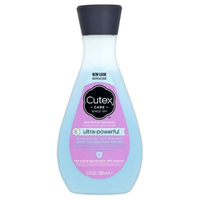
Cutex Ultra Powerful Nail Polish Remover | RRP: $1.99/£2.49
Just as it sounds, this is potent stuff and will make light work of dissolving old varnish without requiring too much elbow grease on your part. The cucumber-scented fumes are also less eye-watering than most removers, which is nice.
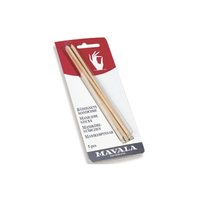
Mavala Nail Cuticle Manicure Sticks | RRP: $6.50/£4.77
More versatile than your average orange stick, these have one end angled for pushing cuticles and another for cleaning up polish mistakes at the nail's sides and under the tip.
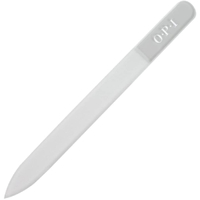
OPI Crystal Nail File | RRP: $9.95/£10.60
A far more hardwearing, not to mention sustainable, option than your typical throwaway emery board. The ultra strong crystal makes light work of smoothing and shaping nails without snags, too.
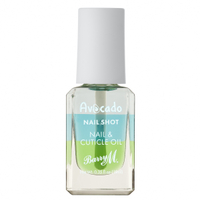
Barry M Nail Shot Nail & Cuticle Oil | RRP: $5.43/£3.99
Visually appealing, supremely nourishing, and olfactorially pleasing thanks to a minty fragrance. If that holy trinity doesn't encourage you to oil your cuticles every day, nothing will.
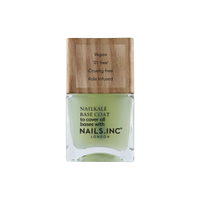
Nails Inc Kale Base Coat | RRP: $20/£15
Despite what appearances suggest, this won't make your nails look green. it's a kind and caring base coat that strengthens and conditions the nails while making them receptive to color. It's also '21 free' so doesn't contain any of the chemicals people worry about being in nail polish, if that pleases you.
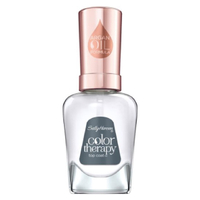
Sally Hansen Color Therapy Nail Polish Top Coat | RRP: $7.79/£8.99
We don't ask for much from our top coat, but what we do want this delivers; it's ultra glossy, relatively speedy to dry, and helps your mani not to chip. It also has a nice fan-shaped brush for swift, one-lick application.
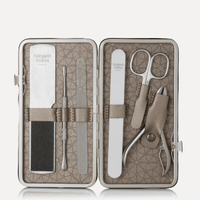
Margaret Dabbs London Manicure & Pedicure Set | RRP: $170/£124.80
Surely a pro-standard mani deserves a slick kit? However you justify it to yourself, nobody would regret investing in this chic leather-bound case containing six German-made, professional-grade tools that will last you a lifetime.
woman&home thanks Marian Newman and Lynn Gray of Mavala for their time and expertise.

As woman&home's Beauty Channel Editor, Fiona Mckim loves to share her 15+ years of industry intel on womanandhome.com and Instagram (@fionamckim if you like hair experiments and cute shih-tzus). After interning at ELLE, Fiona joined woman&home as Assistant Beauty Editor in 2013 under industry legend Jo GB, who taught her to understand ingredients and take a cynical approach to marketing claims. She has since covered every corner of the industry, interviewing dermatologists and celebrities from Davina McCall to Dame Joan Collins, reporting backstage at London Fashion Week and judging the w&h Beauty Awards.